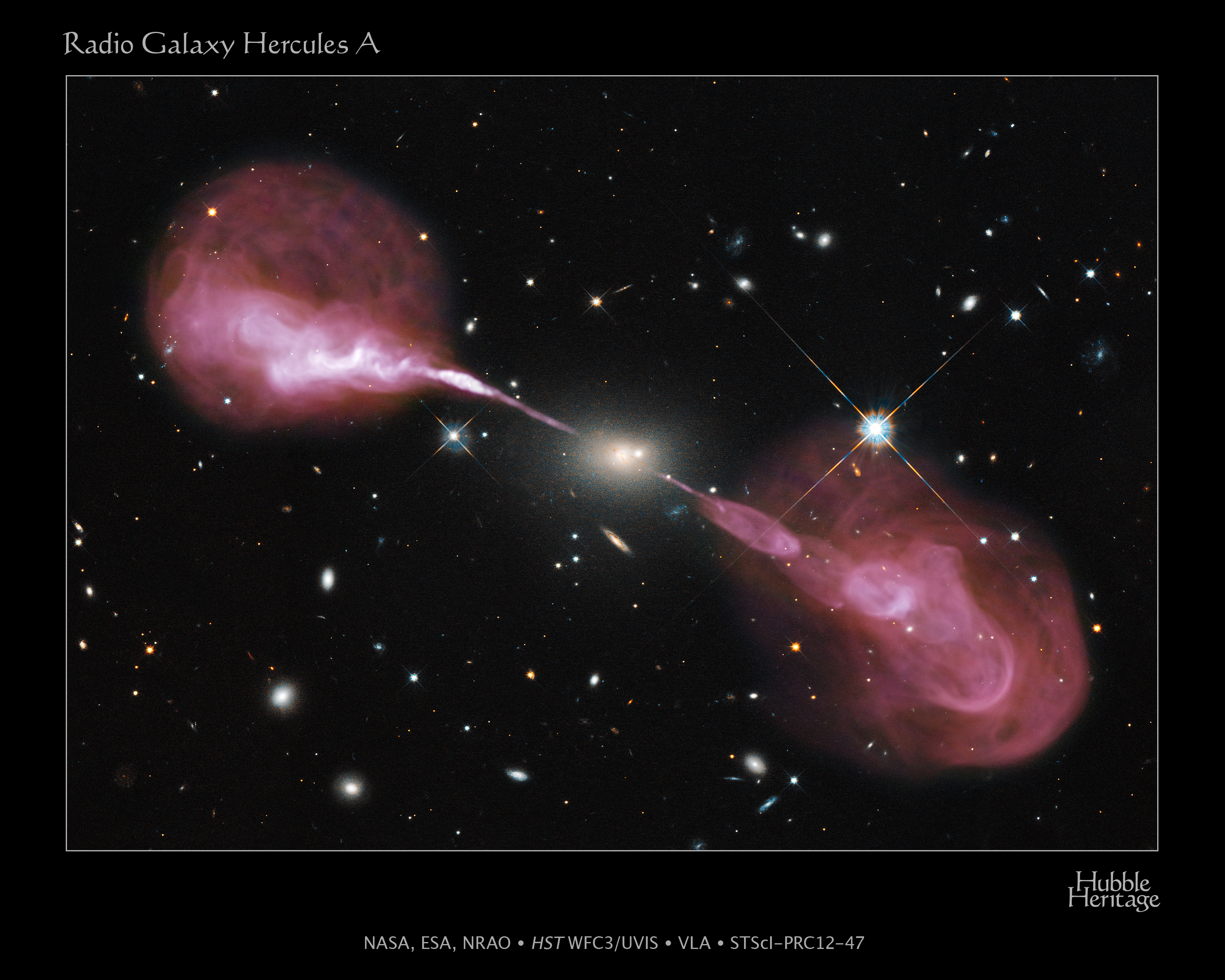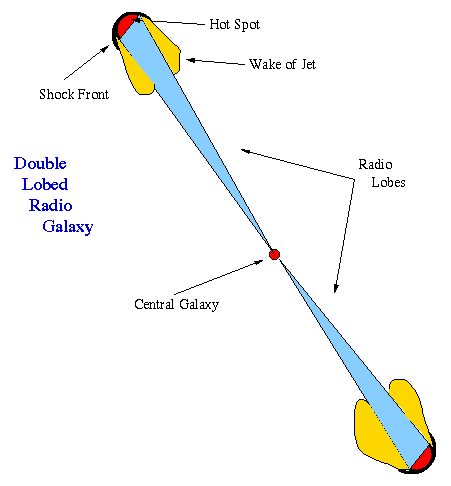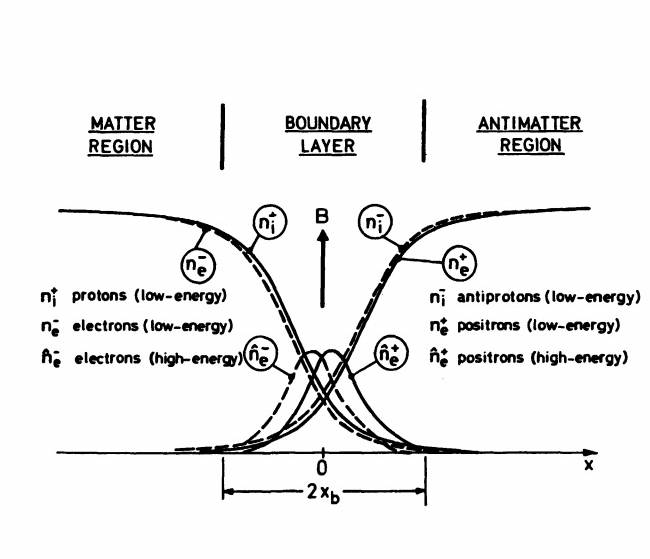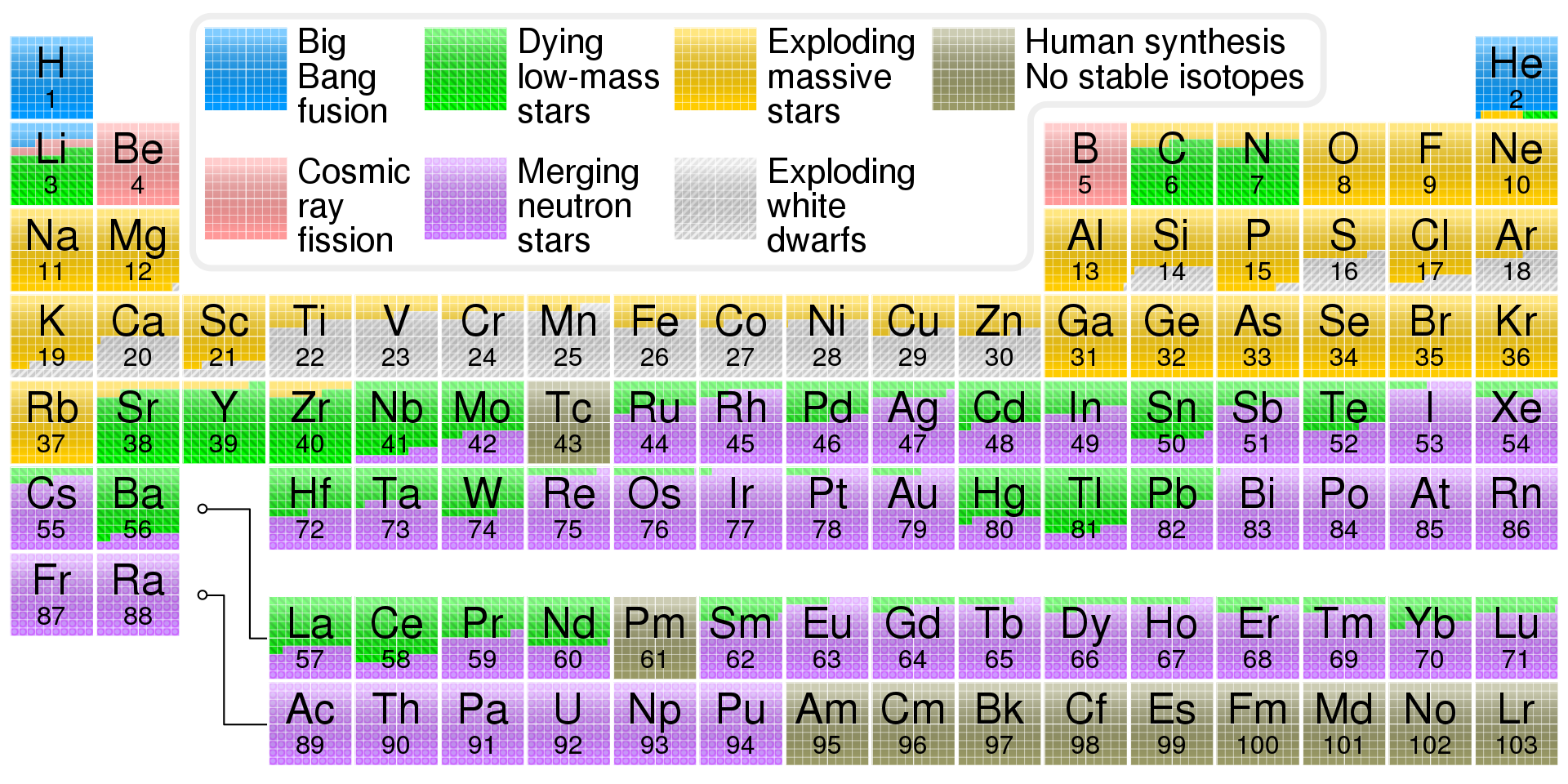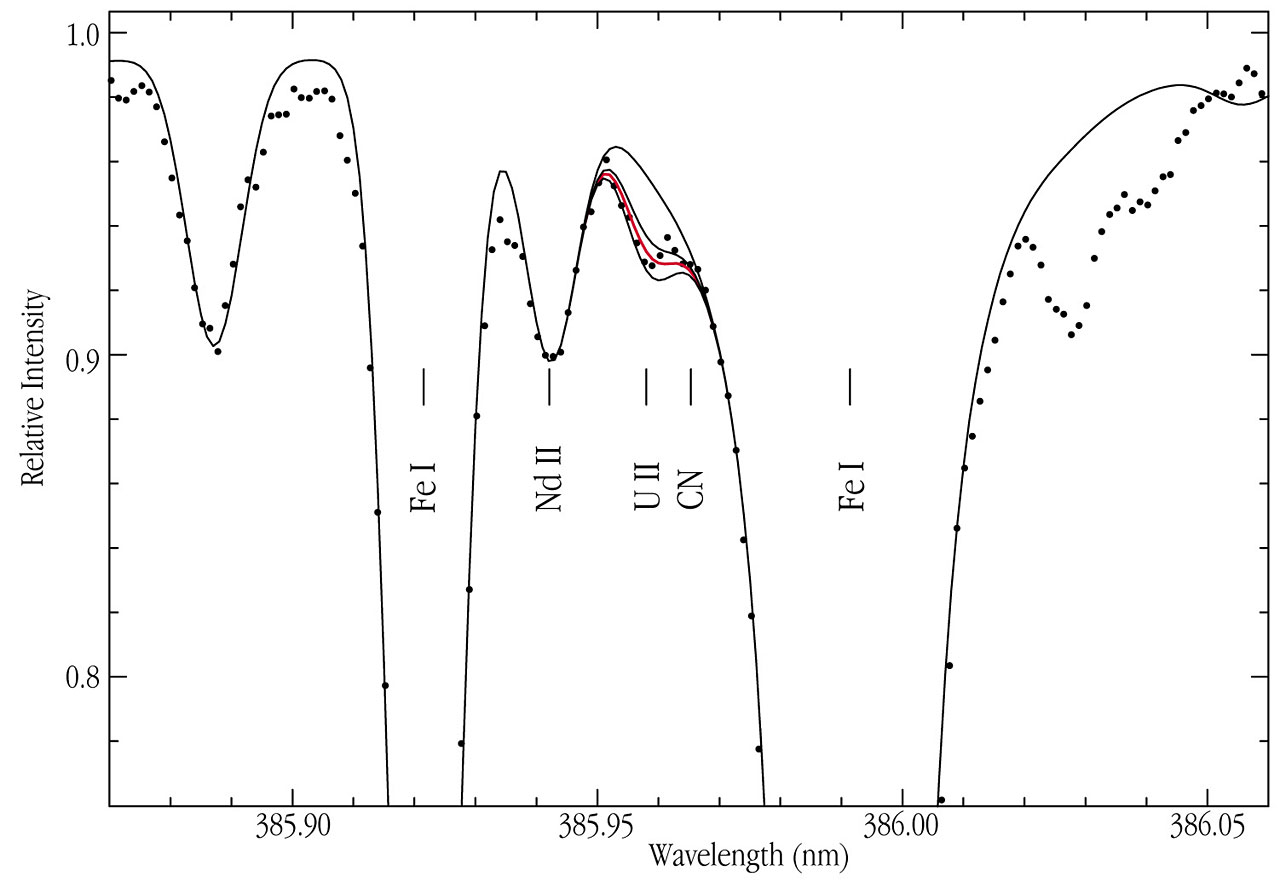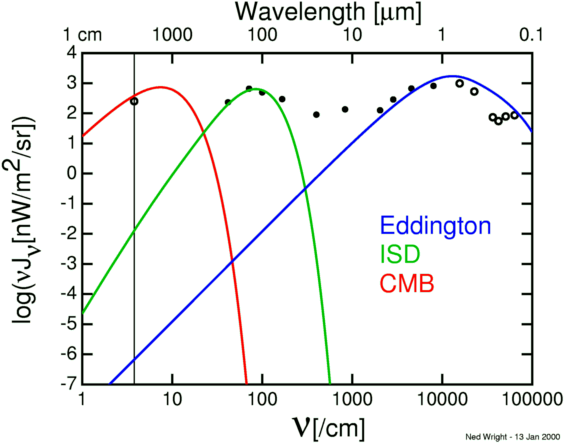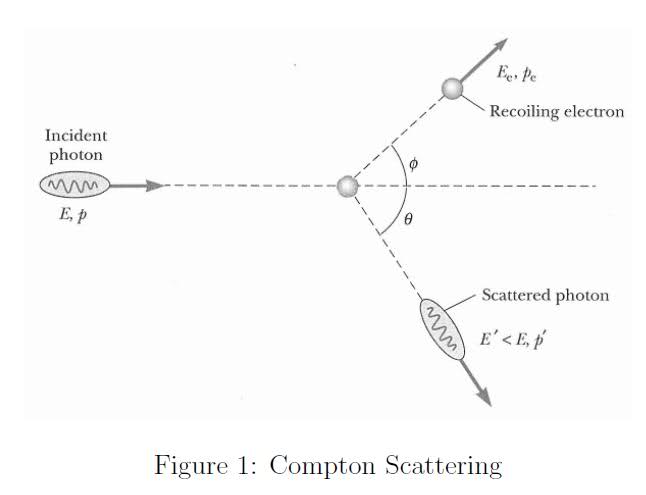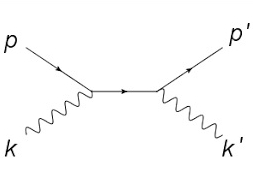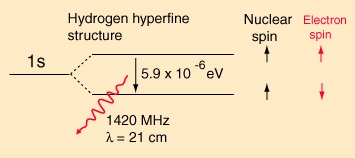One of the claims made by plasma cosmology is dark matter is not required to explain the rotation curves for galaxies.
This is based on Anthony Peratt's computer simulation where spiral galaxies are formed by merging adjacent Birkeland currents.
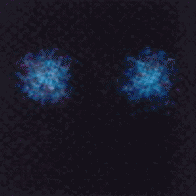
An astronomer can immediately see a problem here namely the spiral arms of galaxies do not rotate even though the galaxy does.
If the arms did rotate as Peratt's model indicates since all stars have the same orbital speed, stars in the outer spiral arm having a larger orbit then stars near the centre will lag behind causing the spiral structure to tighten with each revolution until it disappears.
This is known as the winding problem.
The reason why the spiral arms do not rotate while the galaxy does is due the arms being regions of high density.
This can be explained using a traffic jam analogy.
A car entering a traffic jam will eventually exit but the traffic jam continues to exist since for every car which exits the jam is replaced by a car that enters it.
Similarly orbiting stars enter and exit these high density regions.
When dust and gas enter the high density regions they undergo compression and become regions of accelerated star formation.
These stars can ionize the surrounding gas and cause the formation of HII regions in the spiral arms which are red in colour in the galaxy image.
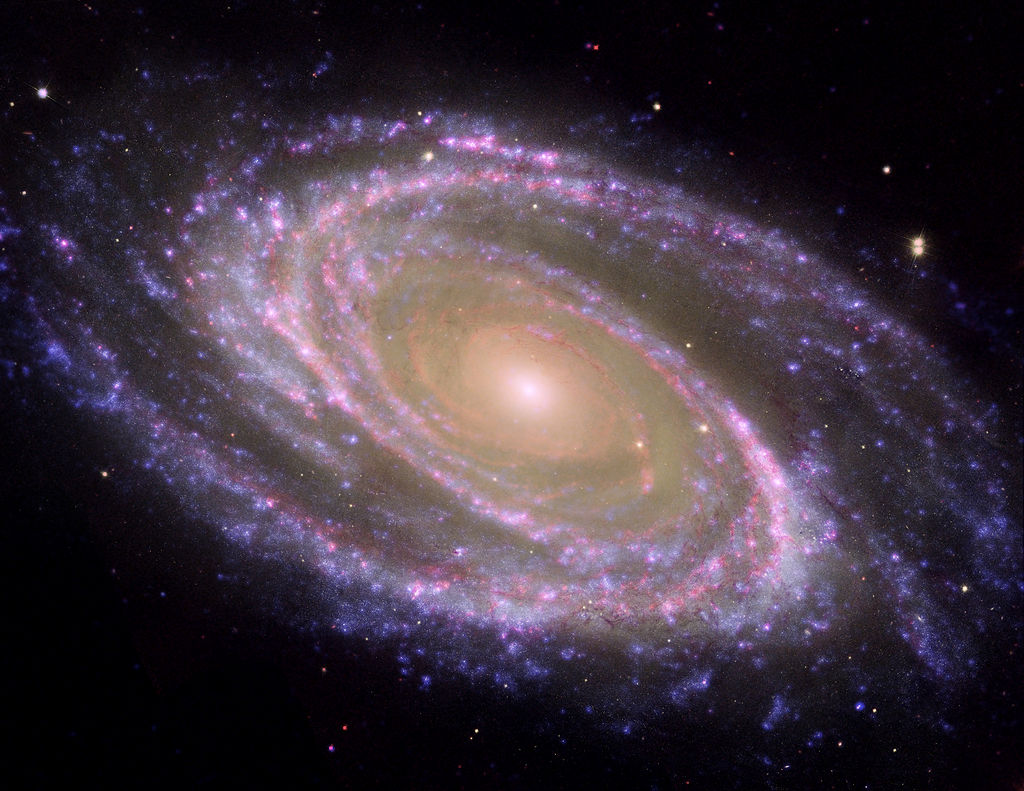
Peratt's model cannot explain this.
This is based on Anthony Peratt's computer simulation where spiral galaxies are formed by merging adjacent Birkeland currents.

An astronomer can immediately see a problem here namely the spiral arms of galaxies do not rotate even though the galaxy does.
If the arms did rotate as Peratt's model indicates since all stars have the same orbital speed, stars in the outer spiral arm having a larger orbit then stars near the centre will lag behind causing the spiral structure to tighten with each revolution until it disappears.
This is known as the winding problem.
The reason why the spiral arms do not rotate while the galaxy does is due the arms being regions of high density.
This can be explained using a traffic jam analogy.
A car entering a traffic jam will eventually exit but the traffic jam continues to exist since for every car which exits the jam is replaced by a car that enters it.
Similarly orbiting stars enter and exit these high density regions.
When dust and gas enter the high density regions they undergo compression and become regions of accelerated star formation.
These stars can ionize the surrounding gas and cause the formation of HII regions in the spiral arms which are red in colour in the galaxy image.

Peratt's model cannot explain this.
Last edited:


